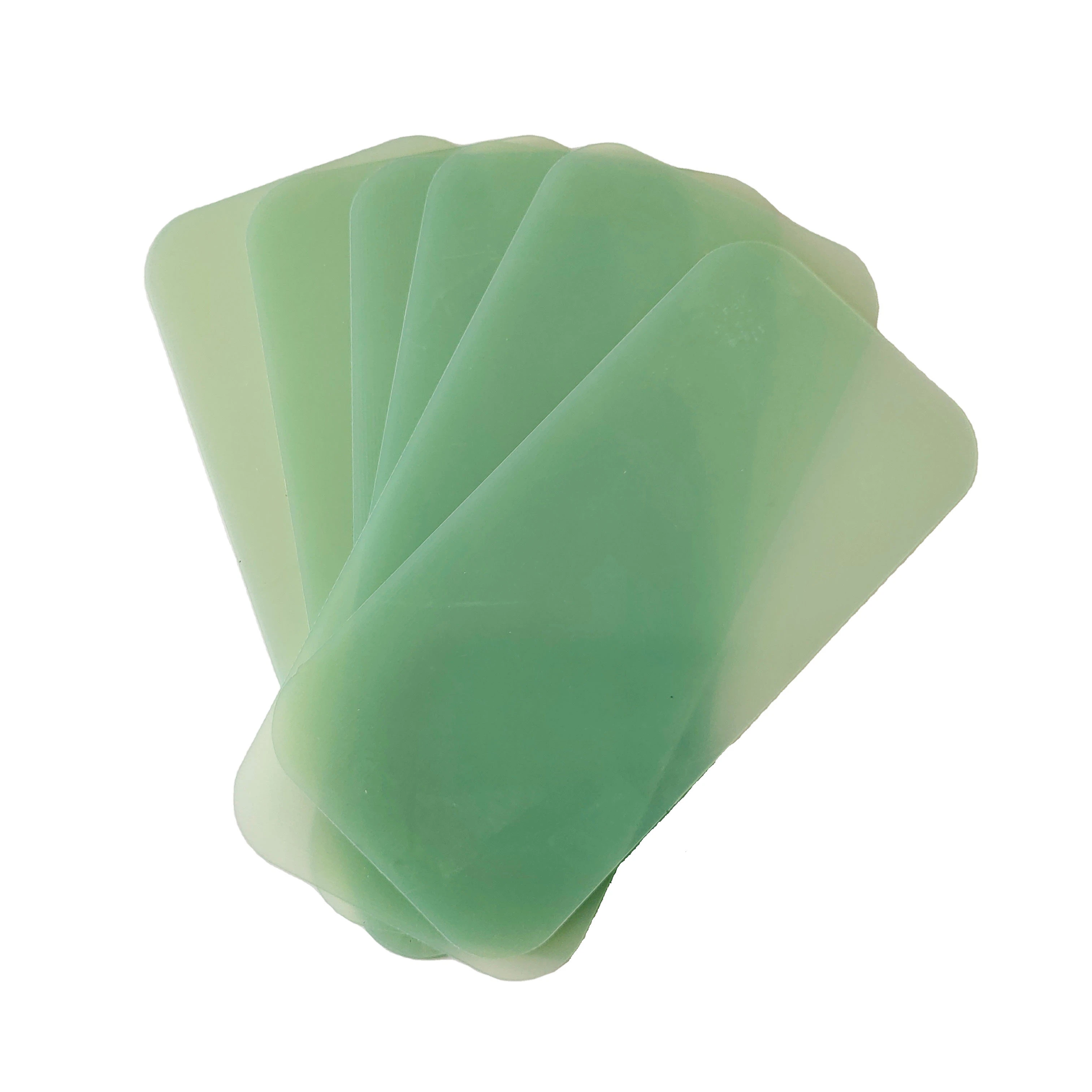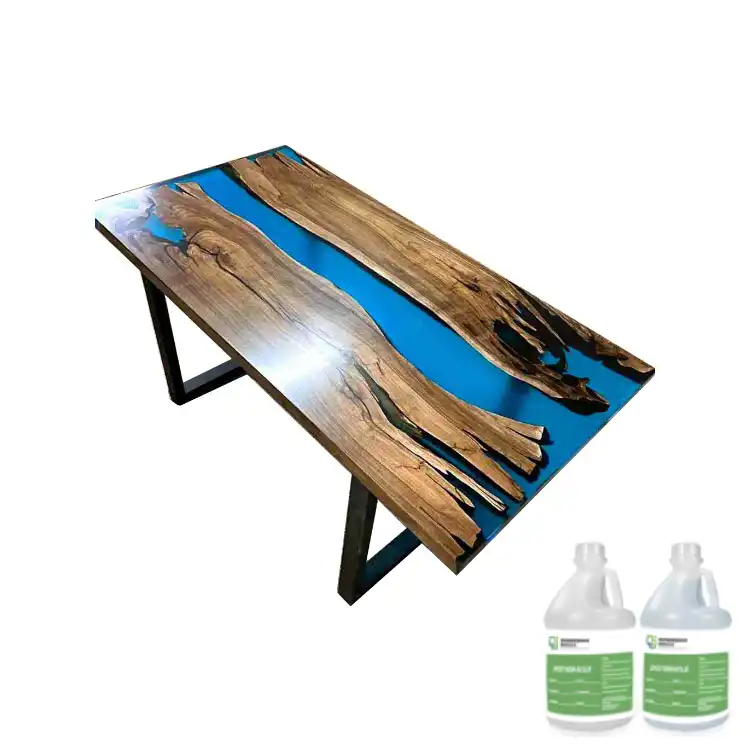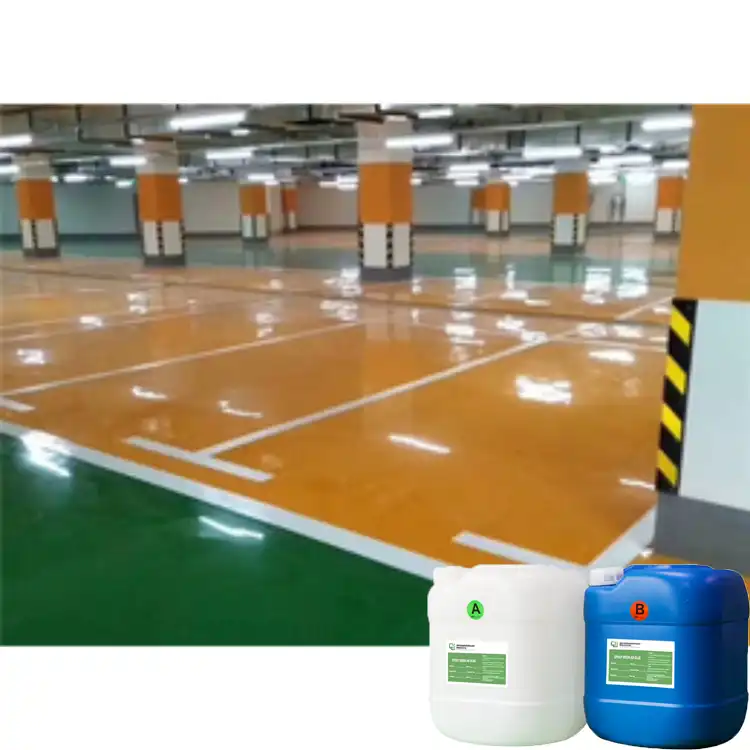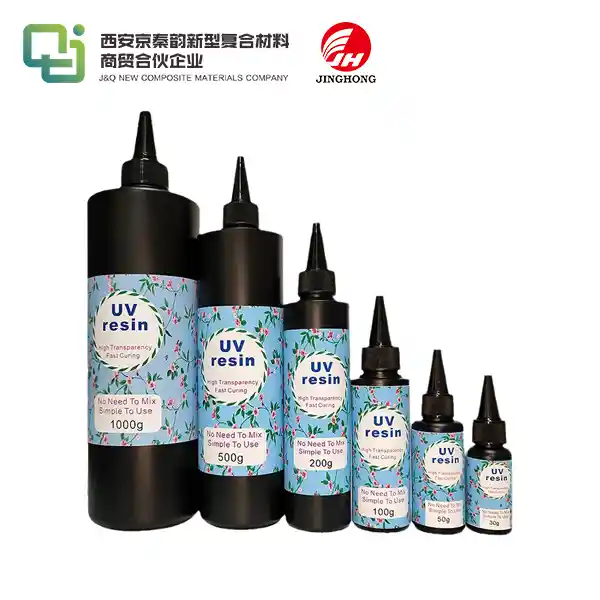How to develop high -performance halogen -free FR4 sheet
2022-08-26
Epoxy resin (EP) is an important thermometry resin that has excellent mechanical properties, bonding performance, dielectric performance, heat resistance, and chemical stability; Features are widely used in the fields of making FR4 sheets, coatings, adhesives, electronics, and composite materials. Its glass cloth layer pressure plate is widely used in the fields of mechanical, electronics, electrical appliances, and other fields because of its high strength, high-strength performance, and good thermal resistance. However, the oxygen index of ordinary EP is 19.8%, which is a flammable substance. Therefore, how improve the flame retardant performance of EP has attracted widespread attention from domestic and foreign researchers. The bromide epoxy resin system is usually used to prepare layer pressure plates to achieve flame retardant effects. However, the European Union announced that since July 2006, the use of bromine retardants has been stopped in electronic products. Therefore, the modification of halogen-free flame retardation of FR4 sheet is a hot spot.

1. Experiment
a) Experimental Raw Material
Epoxy resin (EP): industrial grade, commercially available; phosphorus-containing flame retardant (DOPO epoxy resin): industrial grade, commercially available; curing agent DDS: industrial grade, commercially available; promoter: industrial grade, commercially available, commercially available Tythopine: industrial grade, Tianjin Damao Chemical Reagent Plant; acetone: industrial grade, China Petroleum Corporation Co., Ltd.; flat -grained woven glass cloth: industrial grade, commercially available; high -powered performance glass cloth: industrial grade, commercially available.
b) Preparation of FR4 sheet
i. Flame retardability of epoxy resin
According to the formula ratio, add epoxy resin and toluene to a 1000M L three-port burning bottle, heat up, stir, wait for the temperature to rise to 80 ° C, add phosphorus-containing flame retardant DOPO type epoxy resin and promoter, and the promotion agent, continue to rise to 110 ° C to wait for toluene to return, and then return to the return reaction for 2h to prepare flame retardant epoxy resin adhesives.
ii. Pre -immersion preparation
Two types of glass cloth with flat woven and high-powered properties are used as reinforced materials, and the adhesives prepared by immersed are dried at 110 ~ 150 ° C to control the three major technical indicators of glue cloth: glue content, volatile content, and soluble properties The resin content is prepared for pre -immersion of various indicators, as shown in Table 1.
Indicator Name | Index Value | Test Value |
Glue Content/% | 38±2 | 37.9 |
Soluble Resin Content/% | ≥90 | 95.1 |
Volatile Content/% | ≤1.0 | 0.52 |
i. Preparation of epoxy resin glass cloth layer pressure plate
The prepared glue cloth is overlapped according to the thickness requirements, and the suppression process shown in Table 2 is pressed on the thermal compressor to be pressed into an epoxy resin glass cloth layer.
Development Stage | Pressing parameter | ||
Unit pressure / MPa | Temperature / ℃ | Time / min | |
Preheating | 1-2 | 100-120 | 30-40 |
Hot Pressure | 7-9 | 170-180 | 120-150 |
Cool Down | 7-9 | Cool to 70 ℃ | 30-60 |
a) Testing Method
According to the national standard GB/T 1030.2-2009 electrical heating solid resin industrial hard layer Part 2: Test method for sample preparation and performance testing for the test method.
2. Results and Discussion
a) The effect of flame retardant on layer pressure plate flame retardant performance
The flame -retardant performance test of the prepared phosphorus -containing epoxy resin glass cloth layer is used for details. The results are shown in Table 3.
It can be seen from Table 3 that for the phosphorus-containing FR4 sheet, when the phosphorus mass score is 1.5%, the vertical combustion level of the system reaches UL 94 V-0.
The phosphorus-containing flame retardant is a reactive flame retardant. The phosphorus-containing group will be introduced into epoxy resin curing. When the glass cloth layer is burned, the phosphorus group generates phosphate and generates polarizing phosphate at a higher temperature. Both phosphate and polarizing phosphate are dehydrated agents so that the polymer is directly dehydrated and carbonized to avoid the production of combustible gases. At the same time, the coke layer is formed on the surface of the epoxy resin. On the one hand, The air and heat are separated from the surface of the epoxy resin to prevent it from continuing to burn.
Phosphorus Mass Fraction / % | UL94 Vertical Combustion Level |
0 | Unable to reach V - 2 |
1.0 | Unable to reach V - 2 |
1.5 | V - 0 |
2.0 | V - 0 |
2.5 | V - 0 |
b) The effect of flame retardant on the performance of FR4 fiberglass sheet
Table 4 is comparison of the performance of unchanged and modified glass cloth layer compression plates. Sample A and Sample B are unpredictable and modified epoxy resin glass layer pressure plates, respectively. In the table, the vertical combustion level of the sample B is UL 94 V-0, and its stretching strength, bending strength, and impact strength are higher than that of sample A. The performance of epoxy resin glass fabrics prepared after modification is excellent. The reason is that the phosphorus -containing epoxy resin is solidified by itself under the action of curing agent, forming a network of connected networks with epoxy resin, and no migration and exudation. Large, so comprehensive performance is better.
No | Test Items | Unit | Sample A | Sample B | |
1 | Flame Retardant | Level | Unable to reach V - 2 | V - 0 | |
2 | Vertical layer to bending intensity | Normal 90 ± 2 ℃ | MPa | 521 | 631 |
516 | |||||
3 | Vertical layer to bending elastic modulus | Normal 90 ± 2 ℃ | GPa | 24.1 | 27.2 |
20.9 | 24.5 | ||||
4 | Parallel layer to impact intensity | Vertical | KJ/m2 | 101 | 107 |
Horizontal | 60 | 68 | |||
5 | Tensile Strength | MPa | 386 | 523 | |
6 | Parallel layer -to -cut intensity | MPa | 49 | 51 | |
7 | Volume resistivity | Ω · m | 8.9*10^15 | 9.2*10^15 | |
8 | Surface resistivity | Ω | 4.7*10^15 | 6.7*10^15 | |
9 | Vertical layer to electrical strength | KV / mm | 15.6 | 18.5 | |
10 | Parallel layer to breakdown voltage | KV | >70 | >90 | |
11 | Electrical resistance index | V | 350 | 600 | |
c) The effect of layer pressure plate suppression process on performance
In addition to the laminar pressure, except for raw materials and semi -finished finished products, the impact of pressing process parameters (temperature, pressure, time) on layer pressure plate also has a great great impact. For qualified pre -immersed materials, if the suppression process is improper, it will also produce unqualified layer pressure plates. The heat pressure temperature has a great impact on quality and yield. It should be set according to the formula of the resin glue industry and the curing temperature; the pressure should be set according to the types of enhanced materials and adhesives; the insulation and pressure preservation time is the key For glass cloth layer pressure plates, it is generally 10 ~ 15mm/min.
2. Conclusion
a) Modified FR4 sheet have excellent performance, and the flame retardant level reaches UL94-V0;
b) The flame retardant DOPO type epoxy resin can significantly improve the flame retardant performance of the layer pressure plate. When the phosphorus content is 1.5%, the layer pressure plate reaches UL94-V0;
c) When a high -mechanical performance glass cloth is added, the mechanical properties of layers can be improved.







